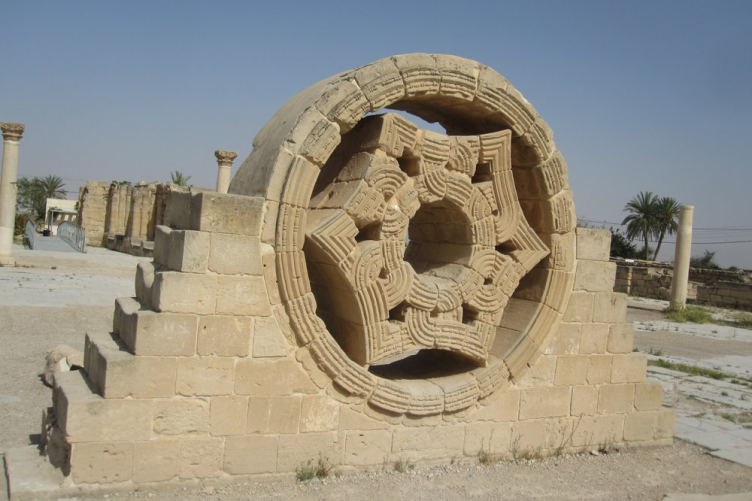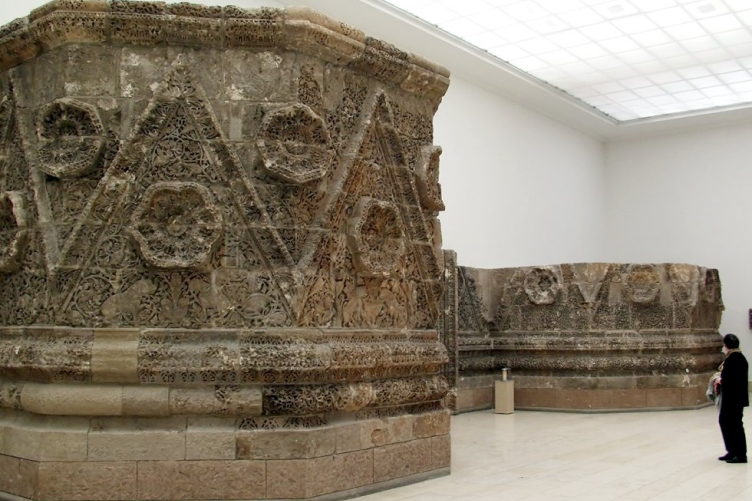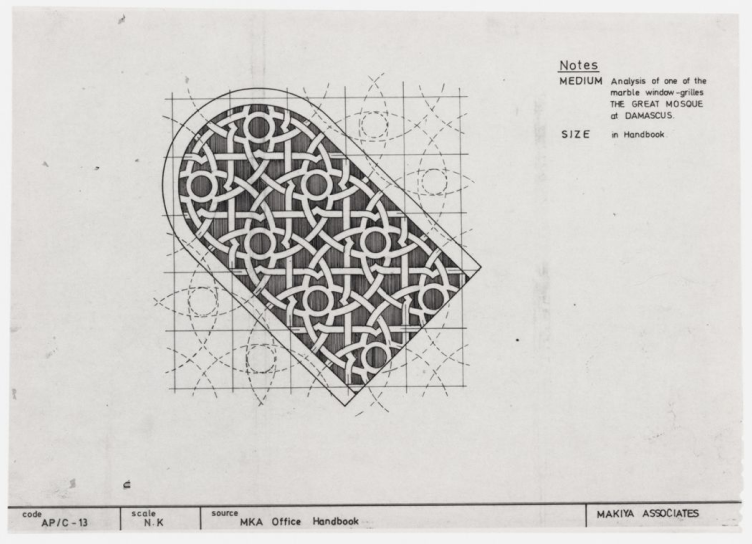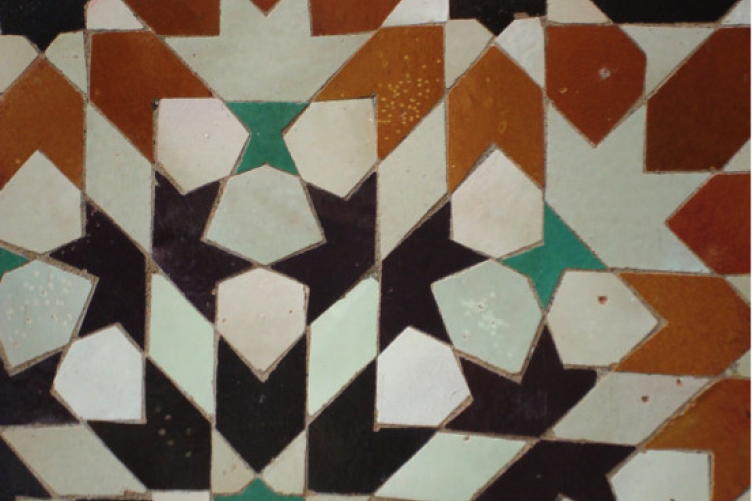History
Explore the origins of Islamic geometric design and its evolution over centuries — how simple circles and lines got transformed into intricate, symbolic patterns that continue to inspire.
History
A Historical Look at Islamic Geometric Design
Islamic architecture is deeply rooted in geometric patterns, predominantly made with circles and lines. Let’s explore the early history of this artistic tradition.

Khirbat al-Mafjar
The Umayyads (661–750) were the first Islamic dynasty, establishing palaces like Khirbat al-Mafjar near Jericho. This 8th-century palace features a large star-shaped design made of interlacing bands, drawing from Roman mosaic traditions. Unlike Roman designs, the geometric elements became the focal point, elevating them from a supporting role to center stage.

Qasr al-Mshatta
Located in present-day Jordan, Qasr al-Mshatta is another early Islamic palace. Its exterior wall is adorned with intricate triangular geometric motifs — a testament to the early importance of geometry in Islamic architecture.
Circles & Lines
Early Islamic craftsmen utilized both straight lines and circles in their designs. However, as geometric styles evolved, only straight lines remained visible. The Umayyad mosque in Damascus, built between 706 and 715, showcases these early geometric designs. Surviving window grilles display arcs and lines, highlighting the circle’s foundational role in Islamic patterns.

North African & Spanish Tiles

In regions like North Africa and Spain, artisans hand-cut ceramic tiles into intricate mosaics known as zellij. A stunning example is the courtyard of the 16th-century Ben Youssef Madrasa in Marrakech. Today, this tradition continues in Moroccan workshops, where artisans work meticulously to create these geometric masterpieces.